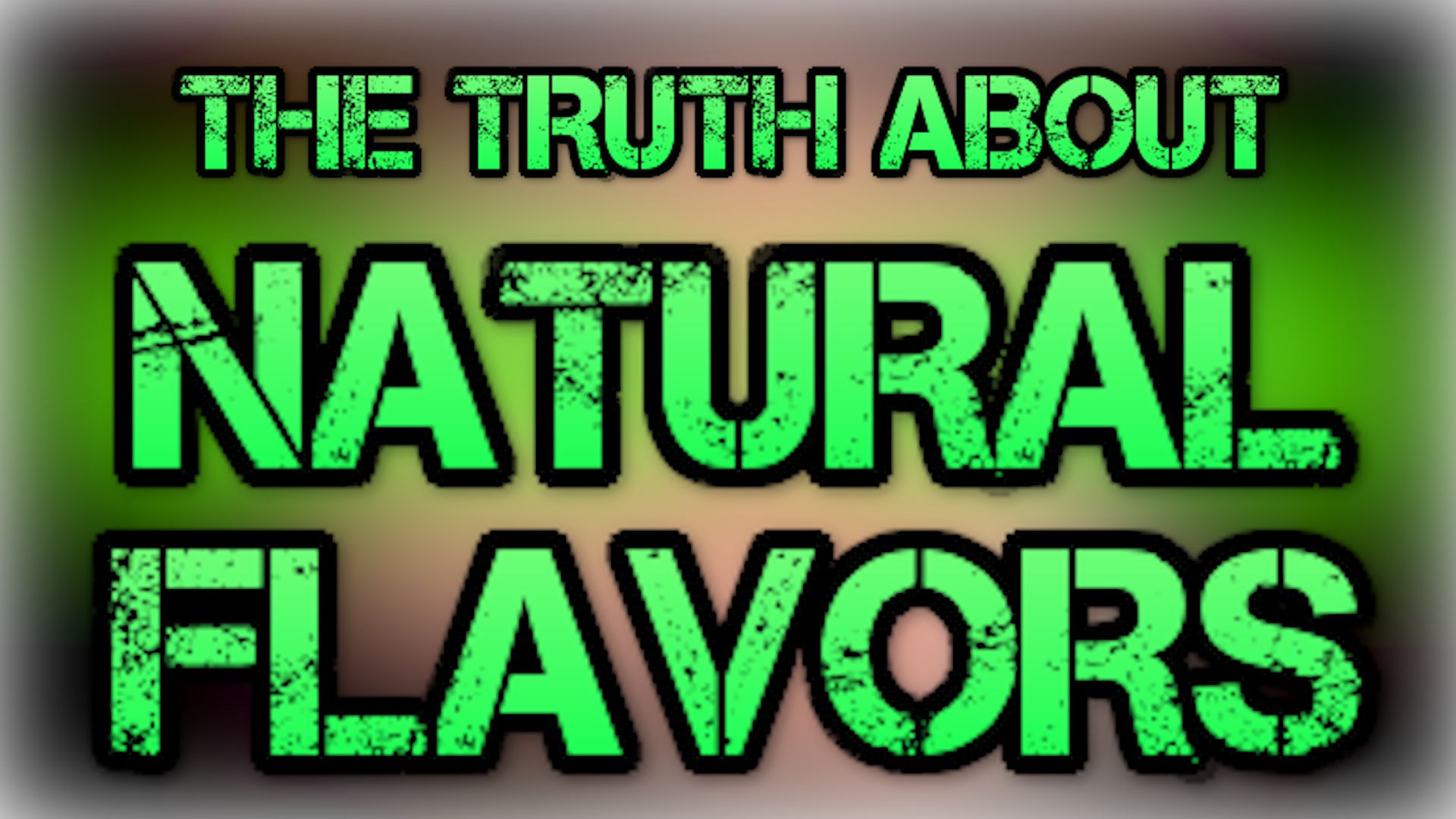As discussed in Episode 25 of the Wise Eats Podcast
Key Takeaways
- Natural flavors are the 4th most frequently used ingredient in our food supply next to water, salt, and sugar
- Although natural flavors come from plant or animal sources, they may also contain as many as 100 additional chemicals
- Most ingredients in natural flavoring are not closely regulated
- The only way to protect yourself completely is to stay away from natural flavors as much as possible
- Choose real food over synthetic, man-made products and consume natural flavors in moderation
Intro
Look at the ingredient lists of some food items in your kitchen. Chances are you’re going to see “natural flavors” listed somewhere. And it’s no surprise – natural flavors are the 4th most frequently used ingredient in our food supply next to water, salt, and sugar. But are they really “natural” and good for you? In an effort to level up my own nutrition and help America wise up, I did a little research and here’s what I found.

What Are Natural Flavors?
Natural flavors are complex mixtures made from plant or animal sources that are created by specially trained food chemists. They’re used to enhance taste, maintain consistency, and make products more addictive. In addition to their plant or animal base, these mixtures can contain more than 100 different chemicals, including preservatives, solvents and other substances. Known as “incidental additives”, food manufacturers are not required to disclose whether these extra ingredients are natural or synthetic. As long as the original flavor source comes from plant or animal material, it is classified as natural flavor.
What’s in Natural Flavoring?
Natural flavors can be a combination of dozens of different plants or animal-based ingredients:
- Spices
- Fruit or fruit juice
- Vegetables or vegetable juice
- Edible yeast, herbs, bark, buds, root leaves or plant material
- Dairy products, including fermented products
- Meat, poultry or seafood
- Eggs (Spritzler, 2016).
But that’s not all. There are over 2,500 chemically defined flavor substances used in the United States and Europe. The FDA allows most flavorings to be designated as “generally recognized as safe” (GRAS), but these GRAS are not closely regulated. Some experts estimate that the FDA may be unaware of around 1,000 chemicals currently being used in the food system (Robbins, 2019).
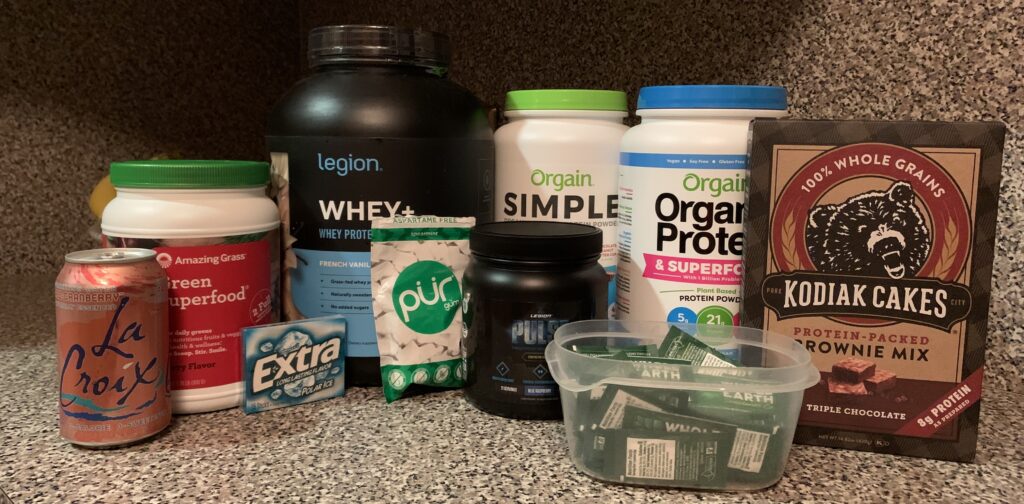
Hidden Ingredients
There are two big problems with natural flavors. First, they often have additional ingredients in them like preservatives and stabilizers to make the flavors work better in the food, but those don’t have to come from natural sources. Second, companies are not required to disclose the specific ingredients contained in the natural flavoring, so it makes it impossible to avoid certain food groups, such as a vegan trying to avoid animal products. Natural flavors may also contain MSG, gluten, or GMO’s (Kuzemchak, 2019).
Natural vs Artificial Flavors
The original source of natural flavoring must be plant or animal material, whereas artificial flavors are man-made, but both are very similar. Each are highly processed and contain chemical additives, making them very similar in terms of composition and health effects (Spritzler, 2016). Many products use a combination of both natural and artificial flavor, with as much as 80 to 90 percent of the ingredients coming from chemical solvents and preservatives (Christ, 2020).
Are Organic Natural Flavors Better?
“Natural” is a very loose, poorly defined term and does not indicate that the ingredient is organic or healthy. So, what about organic natural flavors? In order to be certified organic, the natural flavor has to contain at least 95% organically grown base ingredients. It cannot be made using synthetic extraction solvents and can’t contain any synthetic carriers, artificial preservatives, or GMO’s (Robbins, 2019). Organic doesn’t guarantee the product is free of toxic substances, but if you’re going to consume natural flavors, it’s better to go with organic.
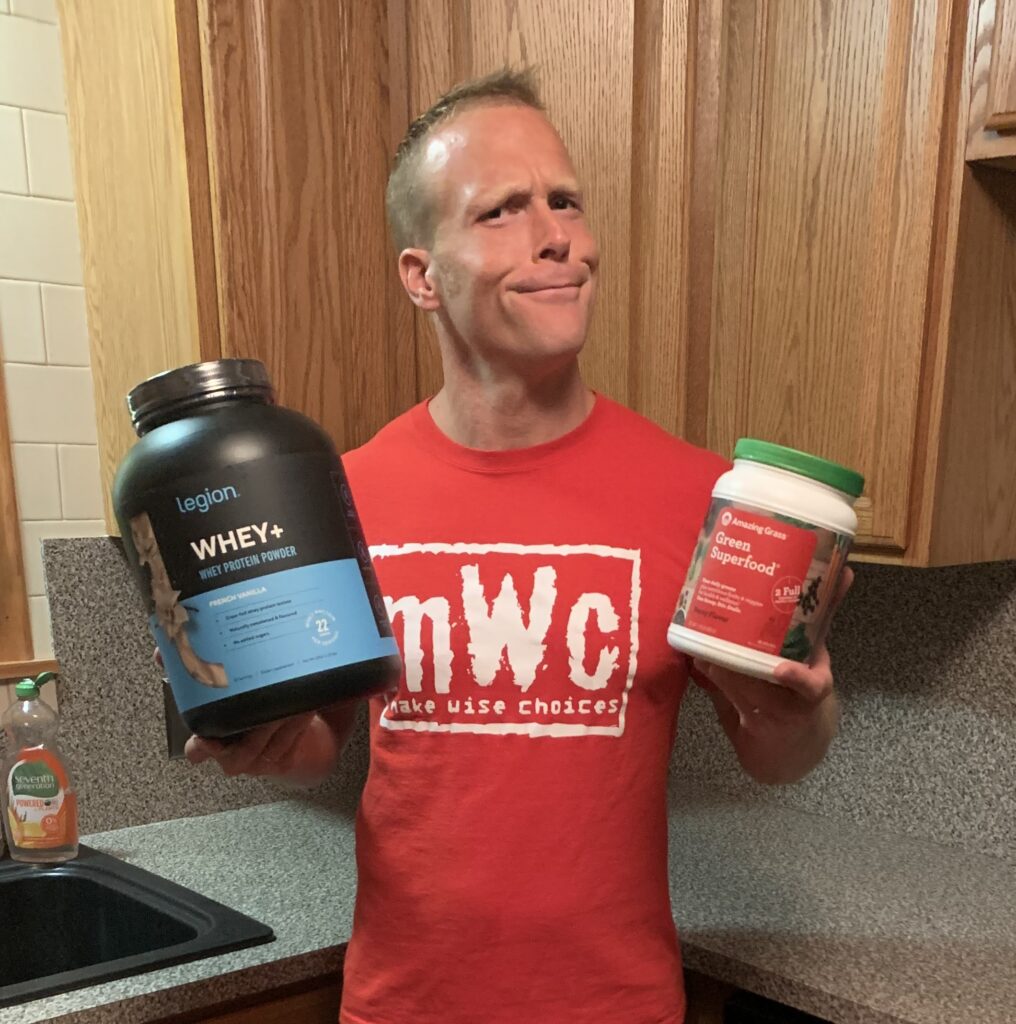
The Risks
Although natural flavorings must meet safety criteria, individual reactions may occur. Since ingredients are not disclosed, people with allergies or those on special diets should be very cautious about consuming them (Spritzler, 2016). This is a major challenge because of the abundance of natural flavors in our food supply. Many people are unknowingly poisoning themselves with natural flavors, having no knowledge of what they’re putting in their bodies. Until companies are forced to reveal what is contained in their “natural” secret formulas, the long-term health ramifications will be unknown.
Natural Flavors in My Diet
Writing this article inspired me to look around my kitchen and identify all the products that contain natural flavoring. Here’s the list:
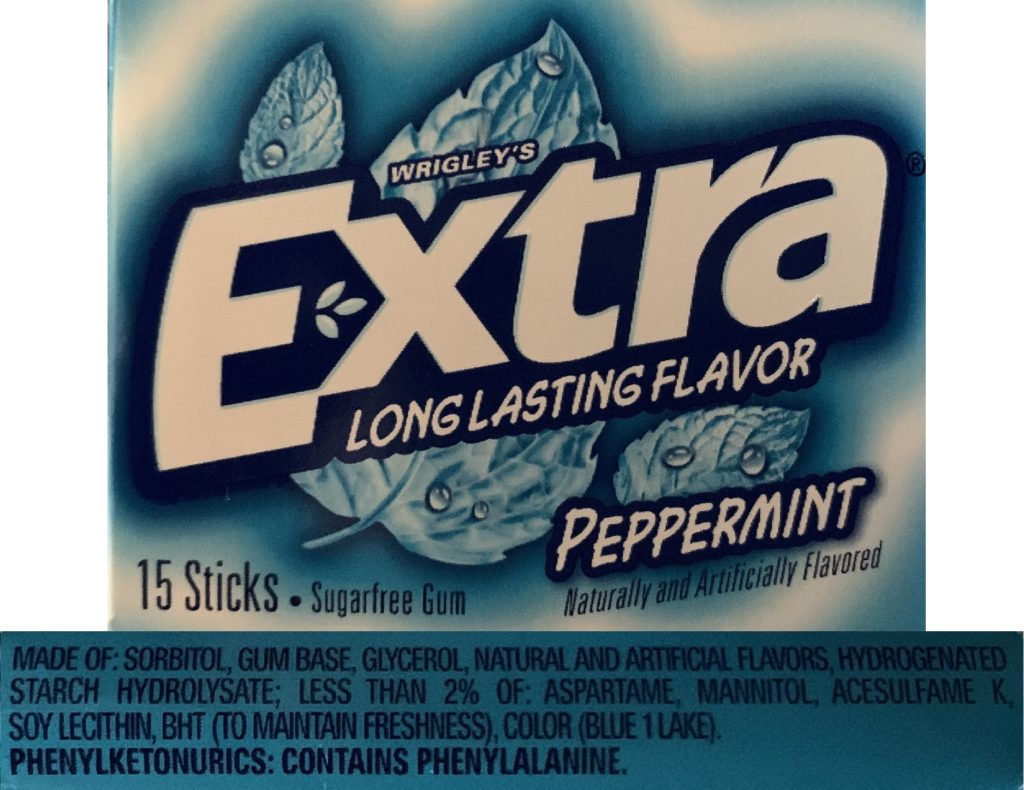
- Amazing Grass Greens Powder
- Chewing Gum
- Dog Food
- Dog Treats
- Kodiak Cake Mix
- LaCroix
- Pickles
- Pulse Pre-Workout
- Rx Bar
- Sriracha Sauce
- Stevia Sweetener
- Whey Protein Isolate
- Yellow Mustard
- Zevia
Did I immediately throw each and every one of these items right into the trash? No, I didn’t, but I kinda wanted to! If nothing else, seeing natural flavors listed as an ingredient should be a signal that reminds you this product is man-made and that you should lean toward, whole, natural foods whenever possible.
There are many other products that commonly contain natural flavoring, like breakfast cereal, canned goods, flavored yogurt, and pretty much anything that is processed. Take a look for yourself and see all of the natural flavors in your life!
A Case Study: Legion Athletics Whey Protein
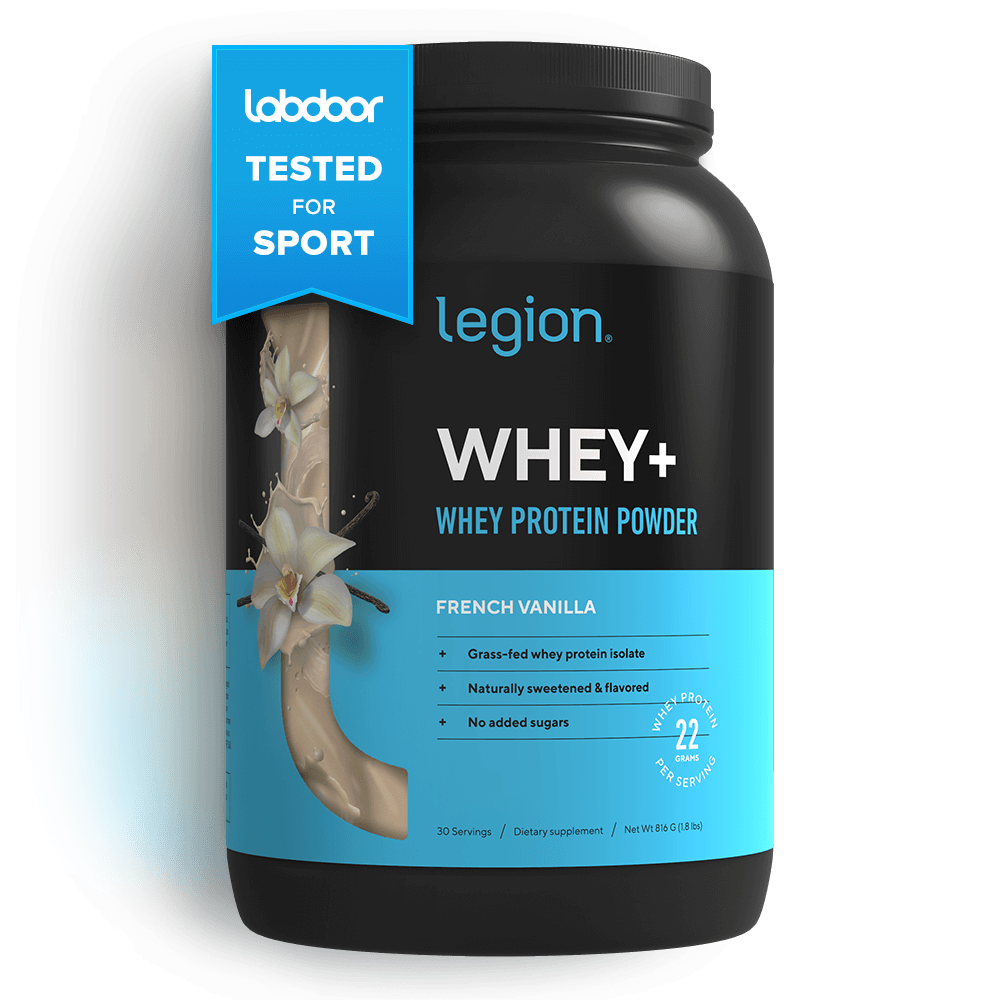
Since food manufacturers are not required to disclose the specific ingredients that make up their natural flavors, it’s impossible to know exactly what’s in them. One thing you can do is contact the company directly, and that’s just what I did for one of my favorite products: Legion Athletics Whey Protein Isolate. I contacted the owner, Mike Matthews, with a question about the natural flavoring included in his products, and here was his response:
“Hey Wes, Thanks for getting in touch! All flavoring is actually handled by our manufacturer, and that information is proprietary. They don’t give us the exact breakdown (to protect their recipe), but it is entirely natural flavoring, which means its original source is from a plant or animal, whereas artificial flavors can be created in a lab. Flavorings that are harmful wouldn’t be approved by the FDA so you can rest assured it’s not toxins or unknown chemicals. 🙂 I hope this helps!” – Mike
Can I trust the natural flavors in Legion’s products based on this response? Not really. Without knowing the exact ingredients of the natural flavoring, it’s all speculation. As much as I love Legion Athletics products, I’m skeptical of any company that cannot or will not fully disclose their ingredient list, regardless of the reasoning. Also, transferring responsibility and putting full trust into the FDA is irresponsible in my opinion.
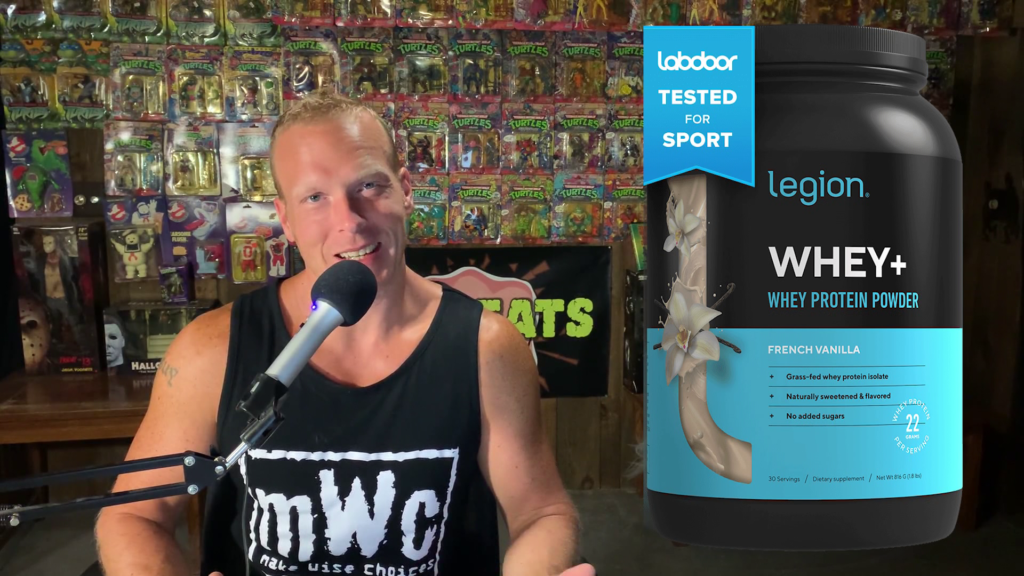
Does this mean I’m abandoning Legion’s products altogether? Not yet. I still love the taste and texture of their protein and will use it in moderation. I plan to limit my use of the vanilla whey, switch to an unflavored option, and start researching some alternative, limited ingredient protein options (so far, the “Naked” brand appears to be a likely candidate). The important thing is to become more aware of what you’re taking in daily and understanding where it comes from. Ask yourself do you trust the company, do you trust the product, and how do you feel when you consume that product?
The Wise Choice
While it’s possible that some natural flavors are perfectly safe and good for you, there’s no way to know for sure. There could be as many as 100 barely-regulated, “generally safe”, hidden ingredients in a single natural flavor. The only way to protect yourself completely is to stay away from natural flavors and choose organic whenever possible. In general, avoid processed foods and stick with fresh, whole, real foods. Only buy products from companies you trust and with ingredient lists you understand. For many of the items in your kitchen, there are flavor-free alternatives you can buy, such as plain oatmeal, then you can add your own sweeteners and spices. With the lack of transparency in our food supply, maintaining control of the things you put in your body is always a wise choice.
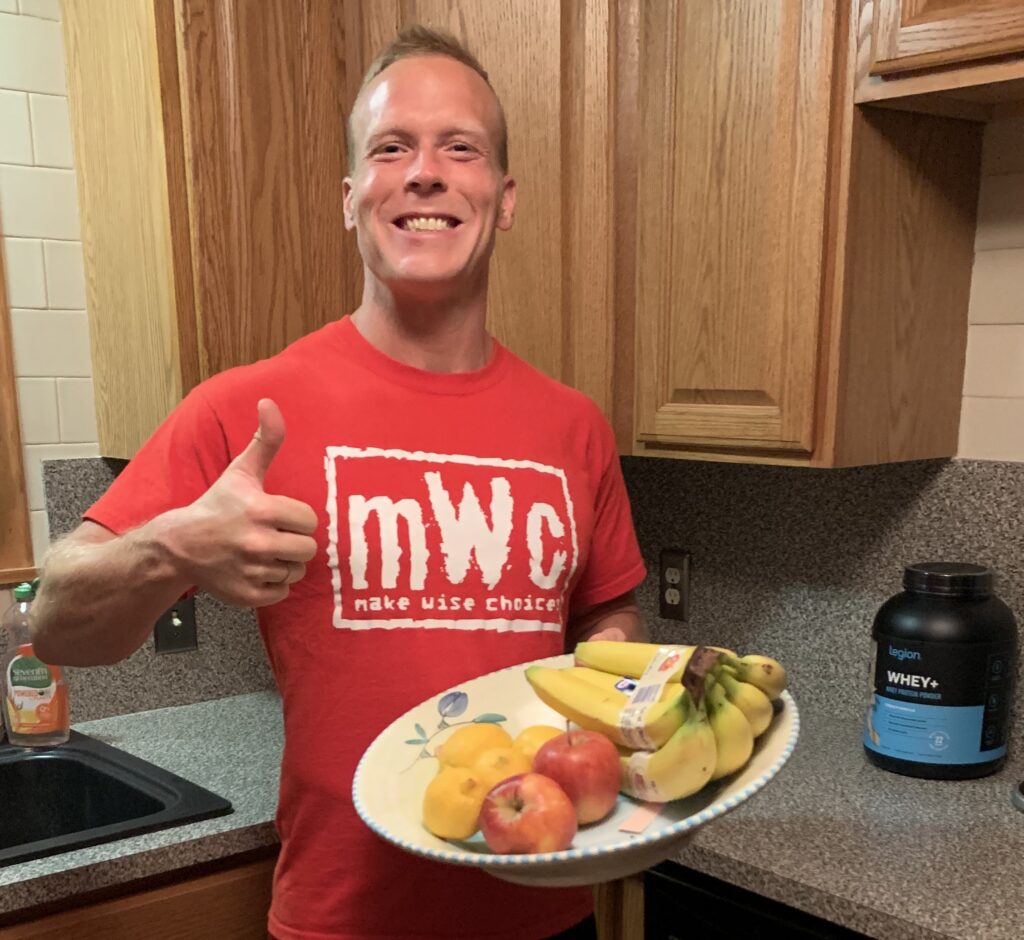
References
Christ, S. (2020). What are natural flavors? Pure Food Company. https://www.purefoodcompany.com/what-are-natural-flavors/
Kuzemchak, S. (2019, September 24). What are natural flavors? Real Mom Nutrition. https://www.realmomnutrition.com/natural-flavors/
Rabin, R. C. (2019, February 1). Are ‘natural flavors’ really natural? The New York Times. https://www.nytimes.com/2019/02/01/well/eat/are-natural-flavors-really-natural.html
Robbins, O. (2019, October 29). Everything you need to know about natural flavors. Food Revolution Network. https://foodrevolution.org/blog/natural-flavors/
Spritzler, F. (2016, December 16). Natural flavors: Should you eat them? Heathline. https://www.healthline.com/nutrition/natural-flavors

